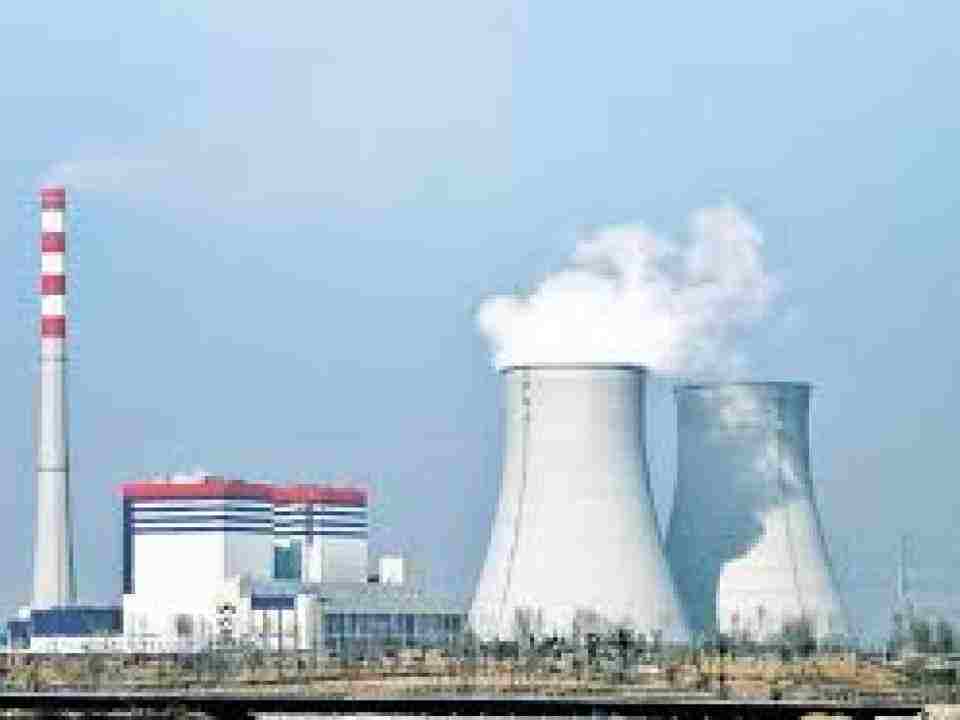- Courses
- GS Full Course 1 Year
- GS Full Course 2 Year
- GS Full Course 3 Year
- GS Full Course Till Selection
- MEP (Mains Enrichment Programme) Data, Facts
- Essay Target – 150+ Marks
- Online Program
- GS Recorded Course
- NCERT- First Ladder
- Polity
- Geography
- Economy
- Ancient, Medieval and Art & Culture AMAC
- Modern India, Post Independence & World History
- Environment
- Governance
- Science & Technology
- International Relations and Internal Security
- Disaster Management
- Ethics
- Current Affairs
- Indian Society and Social Issue
- CSAT
- 5 LAYERED ARJUNA Mentorship
- Public Administration Optional
- ABOUT US
- OUR TOPPERS
- TEST SERIES
- FREE STUDY MATERIAL
- VIDEOS
- CONTACT US
Caste Census in Bihar
Caste Census in Bihar
04-10-2023
Latest Context:
Recently, the government of Bihar has revealed the findings of the Caste Survey, 2023. It shows that Other Backward Classes (OBCs) and Extremely Backward Classes (EBCs) make up 63% of the state's population.
Key Findings of the Bihar Caste Survey:
- Extremely Backward Classes (EBCs): 36.01%
- Other Backward Classes (OBCs): 27.12%
- Scheduled Castes: 19.65%
- Scheduled Tribes: 1.68%
- Buddhists, Christians, Sikhs, and Jains: Less than 1%
- Total Population (Bihar): 13.07 crores
How Was the Caste Survey Conducted?
The survey took place in two phases:
- First Phase: Counted all households in Bihar and asked 17 mandatory questions.
-
Second Phase:
- Gathered data on people living in households, their castes, sub-castes, and socio-economic conditions.
- Providing Aadhaar numbers, caste certificate numbers, and ration card numbers were optional.
What's the Significance of the Bihar Caste Survey?
- It may lead to a demand for increasing the OBC quota beyond 27% and a quota within quota for EBCs.
- It could reopen the debate on the 50% reservation ceiling imposed by the Supreme Court.
- It helps fulfil constitutional obligations outlined in the Directive Principles of State Policies (DPSPs) and promotes socio-economic objectives.
- It can be used to address inequality and promote social justice.
Concerns with the Caste Census
- Counting caste may have political and social repercussions.
- Some data from previous surveys remain unreleased.
- Caste doesn't always reflect class or deprivation.
- The last caste census was in 1931, and caste data from the 2011 Census was not made public.
Previous Caste Census in India
- Census of 1931: The last caste census was conducted in 1931 and became the basis for the Mandal Commission Reports and subsequent reservation policies for Other Backward Classes.
- Census of 2011: The 2011 Census collected caste-based data but didn't make it public due to concerns of political bias.
What is the Census?
- Originated in India in 1881 during colonial times.
- Evolved and used by the government, policymakers, academics, and others to understand the Indian population, allocate resources, track social changes, and conduct delimitation exercises.
- The Socio-Economic and Caste Census (SECC) identifies beneficiaries of state support and gathers data on economic status and caste. It was first conducted in 1931.
- The Census provides an overview of the Indian population, while the SECC helps identify those in need of government assistance.
Question: The first modern Census in India took place in which year?
(a) 1951
(b) 1947
(c) 1881
(d) 1971
Answer: (c) 1881



